“With steady, sustained support from Congress and the administration, Amtrak’s passenger train service will become operationally profitable by FY 28,” says Amtrak in its latest request for subsidies from U.S. taxpayers. This is, at best, deceptive and at worst an outright lie.
A northbound Amtrak train on the California coastline. Photo by Circe Denyer.
Even as Amtrak promises to be profitable in three years, it admits that it is losing more money now than in 2019 despite carrying record numbers of passengers. It blames this on costs rising faster than revenues, reductions in state support for many trains, and increased costs “treated as operating costs” even though they are supposedly really capital investments. Unless Congress dramatically cuts Amtrak’s capital funding, it isn’t clear how any of these trends will be reversed in the next three years.
Amtrak or its backers have promised that profitability was just around the corner ever since it began. During Congressional hearings for legislation that would lead to Amtrak, Anthony Haswell, the founder of the National Association of Railroad Passengers (now the Rail Passengers Association), told Congress he was convinced that a nationwide passenger railroad would be profitable and in fact that he objected to money-losing trains. Three decades later, he ruefully admitted that Amtrak was a failure and that he was “personally embarrassed by what I helped to create.”
In 1990, when a Republican was in the White House, Graham Claytor, who rail advocates consider to be Amtrak’s greatest president mainly because of his ability to wheedle out more funds from Congress, promised that Amtrak would be profitable “by 2000” if only Congress would fund it for a few more years. This set a precedent: When Democrats, who don’t care if an agency covers its costs, were in charge, Amtrak didn’t talk about profitability. When Republicans were in charge, Amtrak would start predicting future profitability, conditional, of course, on more federal funding right now.
There are at least four reasons why Amtrak will never be operationally profitable. First, Amtrak counts subsidies from the states as “passenger revenues” when in fact they are independent of the number of passengers carried by state-supported trains. In 2024, this amounted to $314 million in subsidies that Amtrak, with a twist of a pen, claims to be part of train profits.
Second, when Amtrak says it will be profitable, it always says “operationally profitable,” which means capital costs don’t count. But the second-biggest operating cost in Amtrak’s financial statement, is depreciation, which is the amount of money Amtrak needs to set aside or spend to make sure its infrastructure doesn’t start crumbling. This was $966 million in 2024, yet when Amtrak says it will be “operationally profitable” it does not count this operating cost. The result of not counting this cost is that Amtrak will have another infrastructure crisis in a few years and demand more capital funds from Congress.
Third, Amtrak may pay lip service to profitability, but in fact it has no incentive to ever be profitable. For 2026, Amtrak is asking Congress for more than $2.4 billion of which $864 million is to cover more than a quarter of its operating expenses. If ever Amtrak admitted to being operationally profitable today, Congress would stop giving it that money. Does anyone seriously believe there any possibility that Amtrak will approach Congress two years from now and say, “We don’t need any more money”?
This $864 million needs to be added to the $966 million in depreciation or Amtrak will be asking for that money again in the future to repair the damage caused by Amtrak’s failure to maintain its infrastructure. In effect, by ignoring depreciation, Amtrak is converting operating costs to the capital costs it will need to keep running the railroad in the future. Om top of is the $314 million or more in state funding, which brings Amtrak’s current losses to more than $2.1 billion. Amtrak ticket fares will never come close to covering those losses.
Finally, Amtrak will never be profitable because intercity passenger trains are, like rotary telephones and electric typewriters, obsolete in a world with 92 percent automobile ownership and cheap air travel. Passenger trains are slower than flying, less convenient than driving, and more expensive than either one.
In short, Amtrak’s bogus claim of future profitability is just a ploy to gain the support of members of Congress who may be wavering between pleasing fiscal conservatives vs. gaining the support of rail fans who want more trains no matter what the cost.


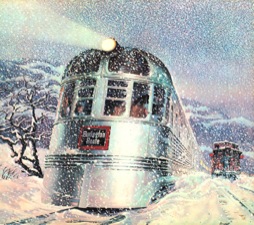
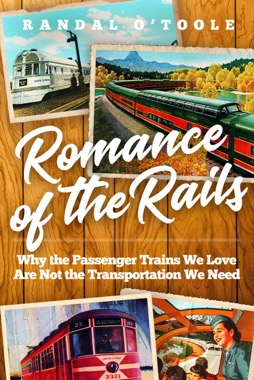
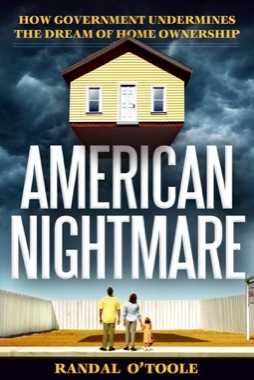
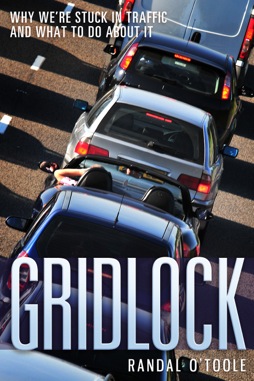
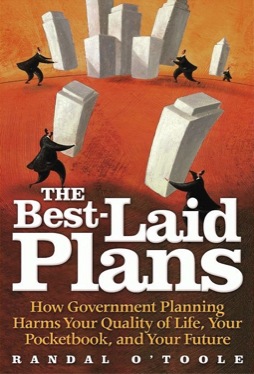
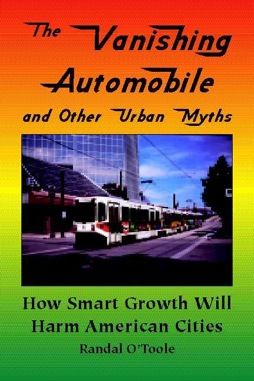
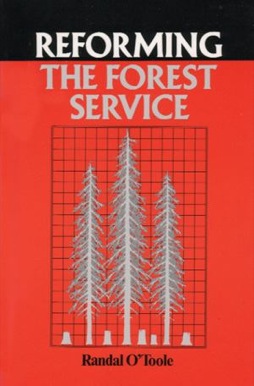
Why is there such an obsession with Amtrak needing to be profitable? We don’t expect lighthouses, public parks, libraries, recreation centers, or pools to turn a profit—nor should we. No one asks whether a sidewalk generates revenue. National parks and public beaches aren’t profitable, rural roads certainly aren’t, and many small airports only operate thanks to subsidies from the Essential Air Service (EAS) program.
Does the AP also believe these public goods and services should be profitable? Or is this scrutiny uniquely reserved for Amtrak and public transportation?
“Why is there such an obsession with Amtrak needing to be profitable?”
Profitable, Hell. Make it free! And fire all the accountants while we’re at it. And without accountants we can get rid of all the college and university accounting courses and degrees.
But keep a few junior college accounting courses so we can find, prosecute and jail all the tax cheaters.
Try this fix. Divide Amtrak’s $2.1 billion annual loss by its 32.8 million annual ridership. That’s $64 per trip.
Next year, give Amtrak $75 times the number of passengers it actually carries next year. The following year, give them $50 per passenger. The third year $25, then zero forever after.
That would incentivize Amtrak to cut fat and work to increase ridership (instead of subsidies). It would make subsidies more transparent. You can tweak the numbers but it must be a declining rate and it should be an iron clad bill with no turning back.
It’s up to individual states and localities to decide if they’re going to use state and/or local taxpayer dollars to subsidize the capital and operational costs of those things. No need to force federal taxpayers to pay for them.
If the Northeast Corridor states taxpayers chose to fund rail operational and capital costs vs. maintaining/upgrading I-95, great, but how does it make sense to force all American taxpayers to pay for it?
So what are your thoughts on the Essential Air Service (EAS) program?
The AP has written multiple posts also criticizing state subsidies for Amtrak.